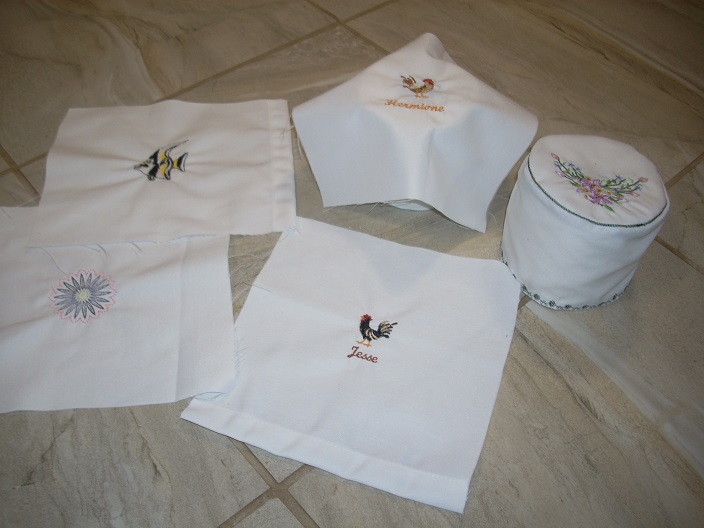
(1) embroidered top pieces
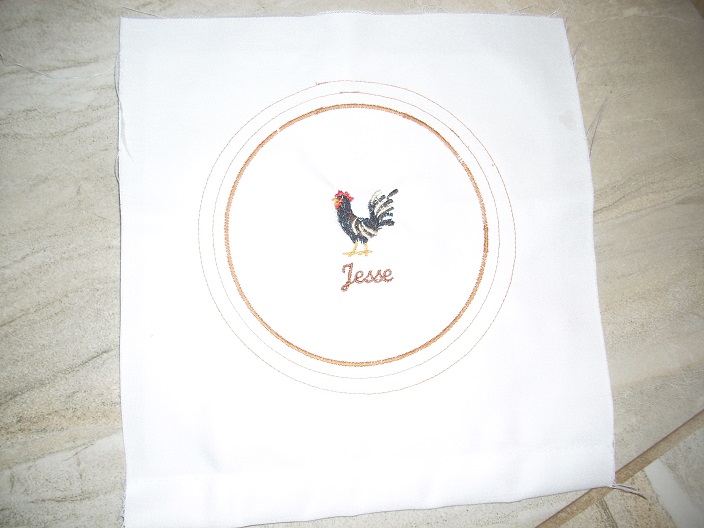
(2) decorative circle, stitching circle,
cutting circle
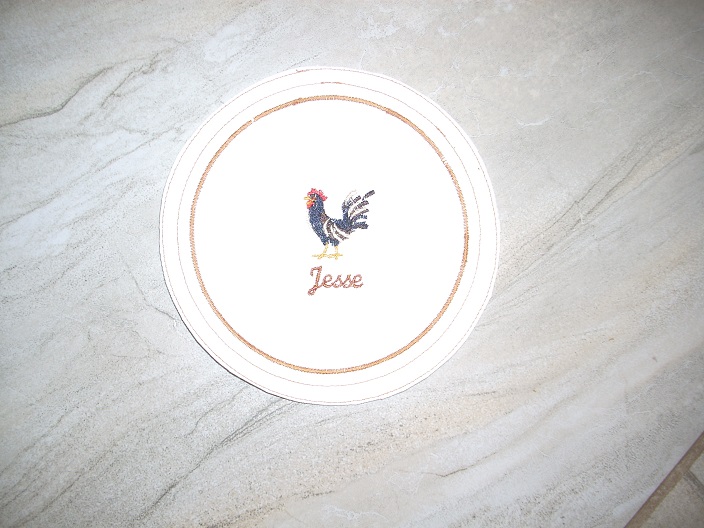
(3) trim top piece just outside cutting circle
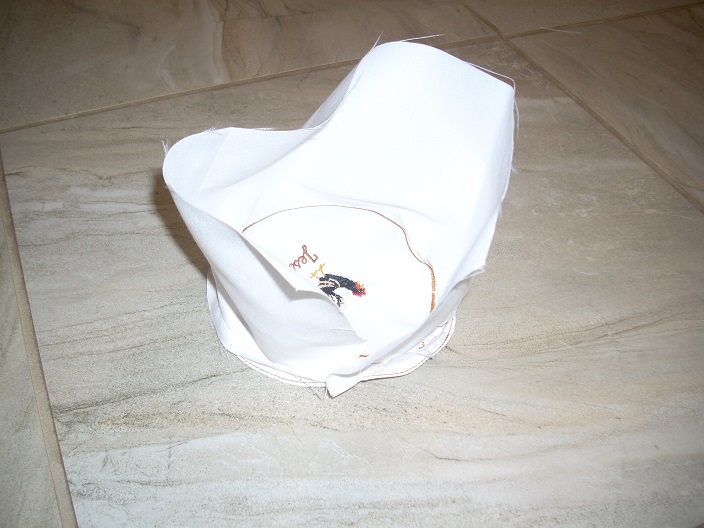
(4) attach side to top
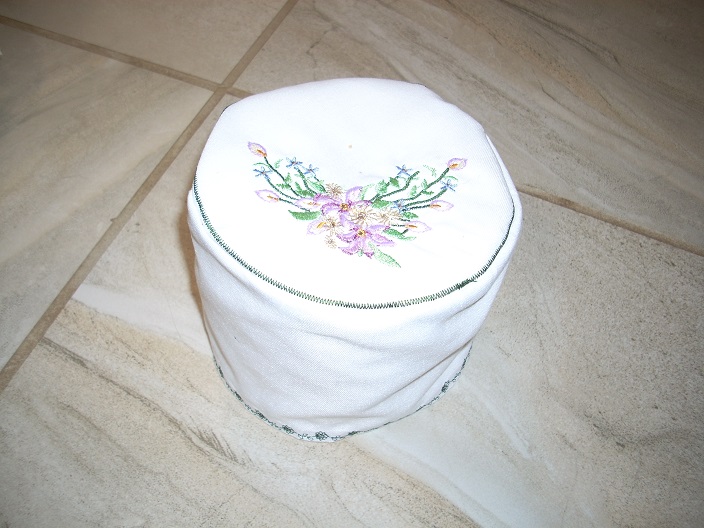
(5) a finished cover
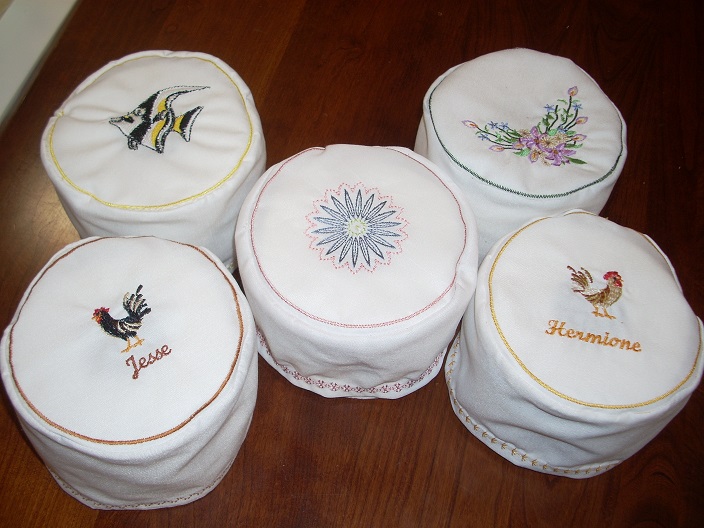
(6) The entire set!
 (1) embroidered top pieces |
 (2) decorative circle, stitching circle, cutting circle |
 (3) trim top piece just outside cutting circle |
 (4) attach side to top |
 (5) a finished cover |
 (6) The entire set! |